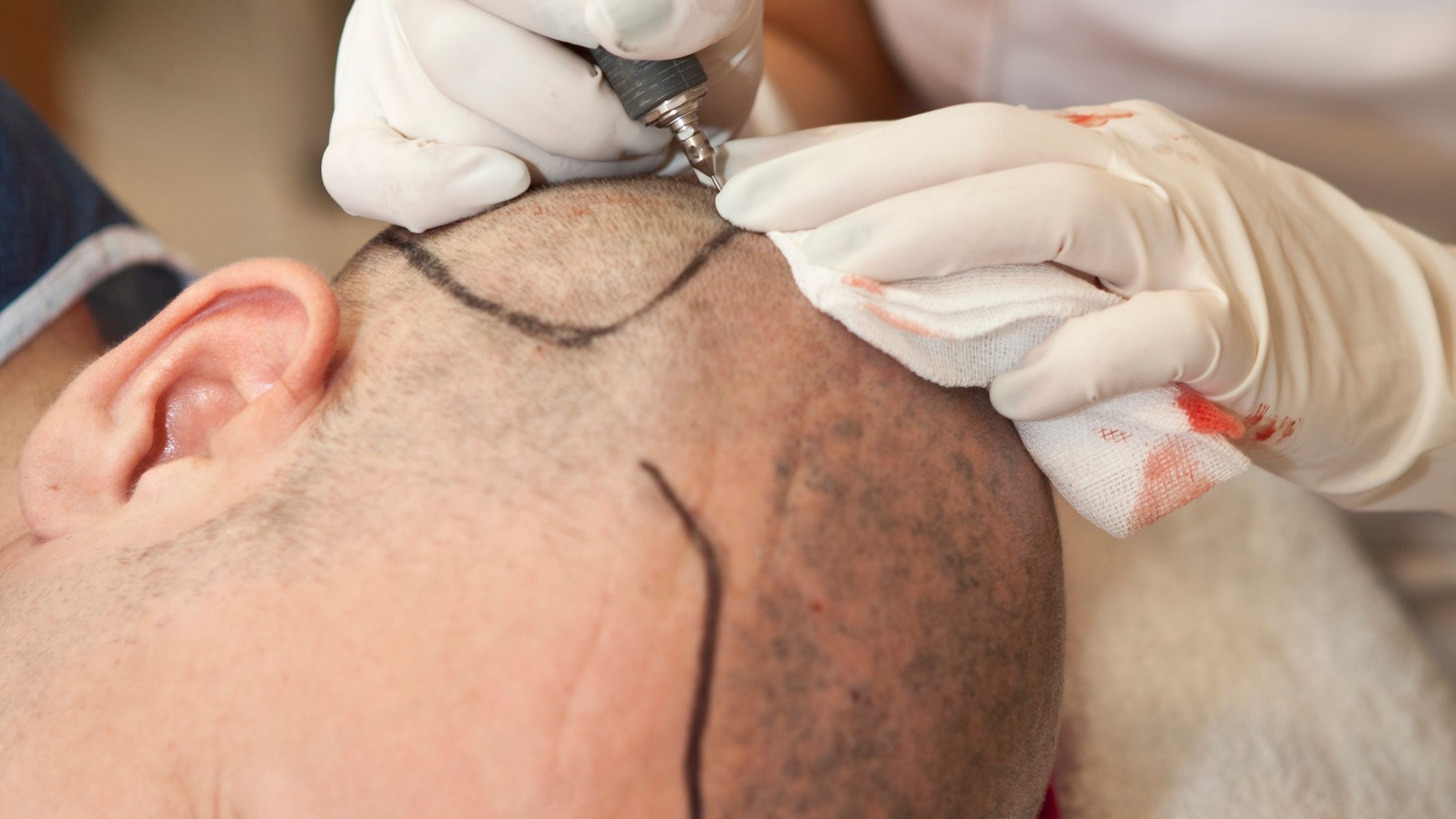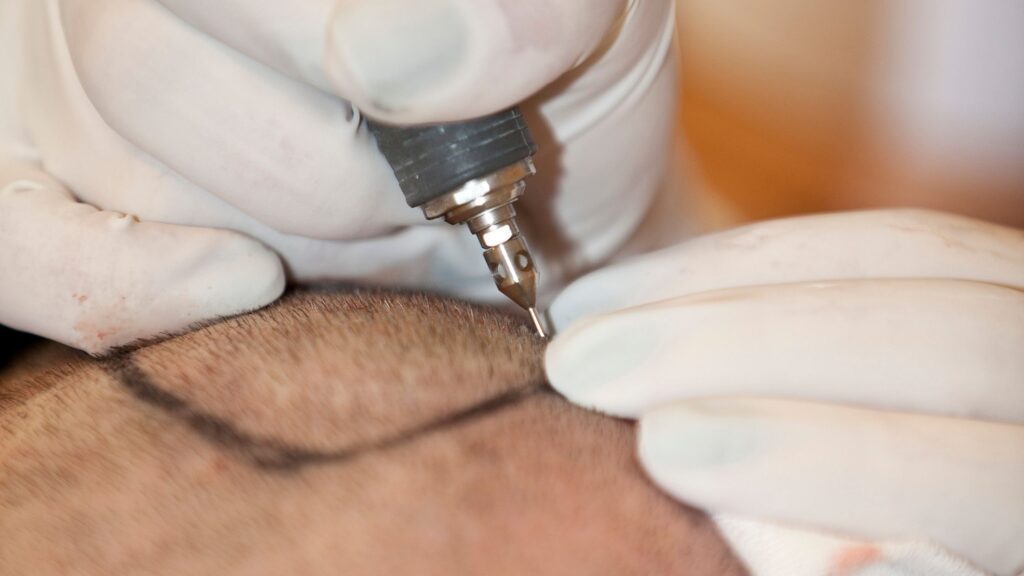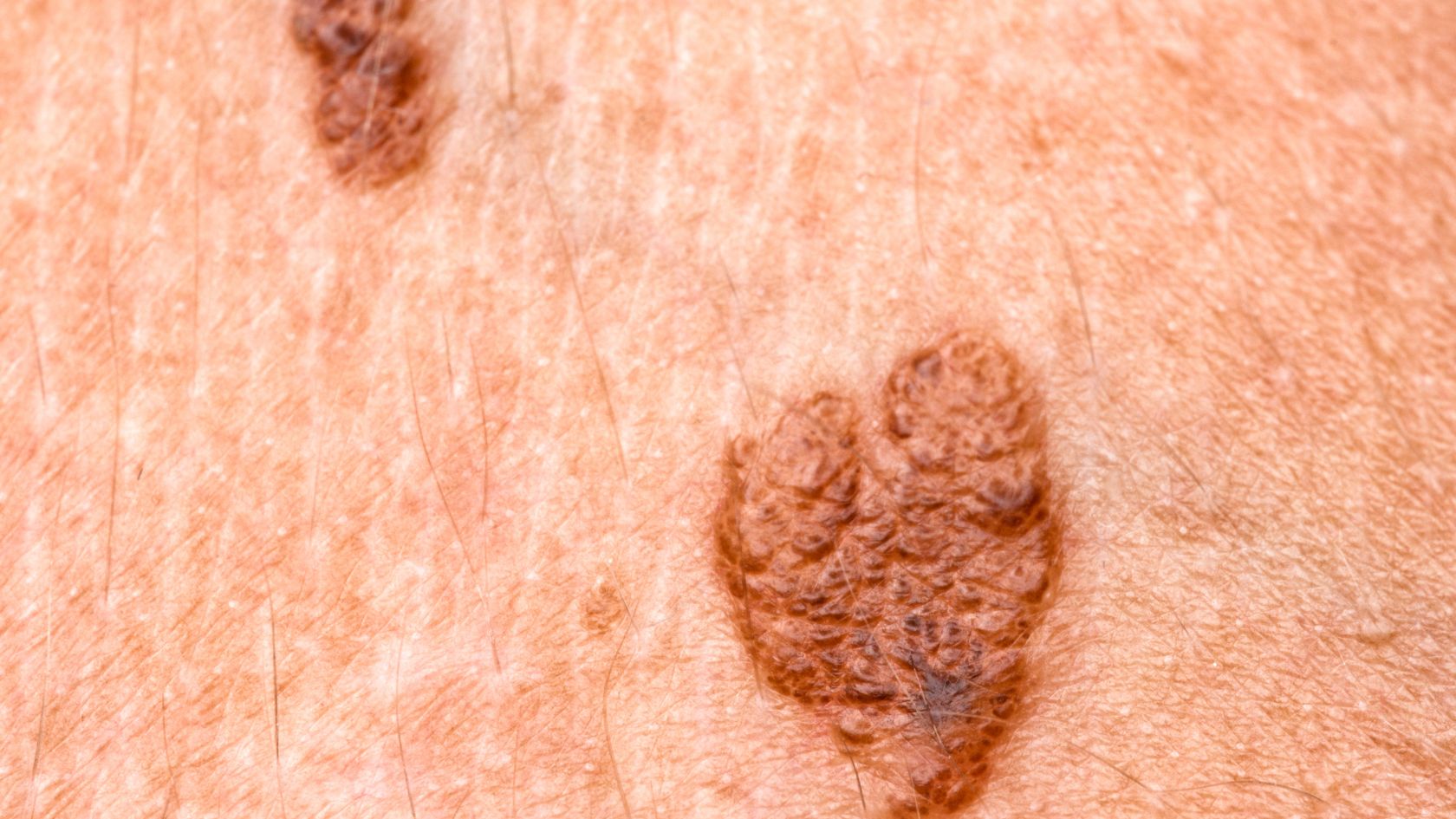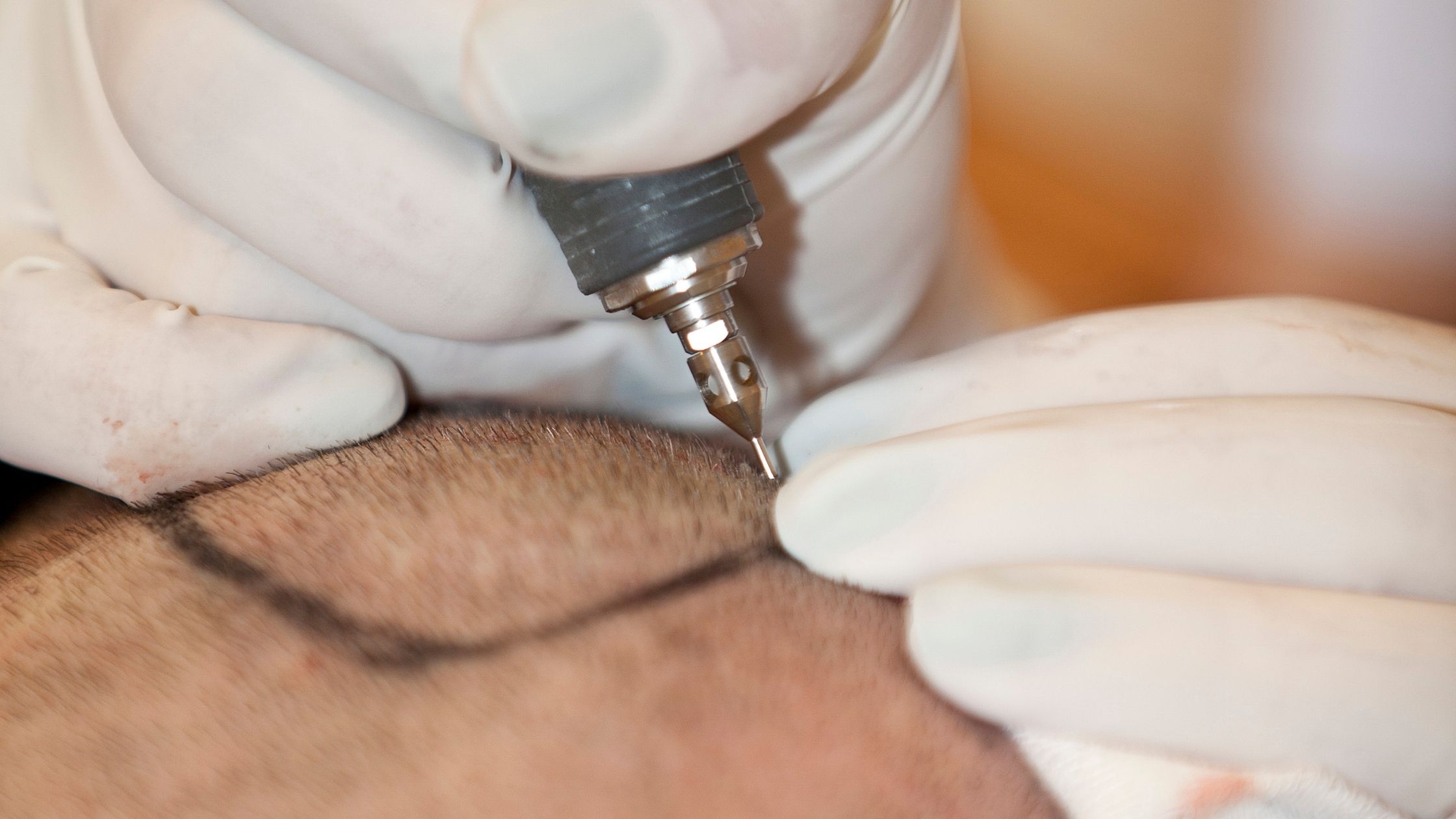Unfortunately, hair loss is also becoming extremely common today, particularly in megacities like Bengaluru. The city is already known for its rampant pollution and impure bore water, both of which have a huge impact on hair health. Hence it’s not uncommon to see people in their 20s and 30s visiting dermatologists and hair clinics in Bengaluru.
Here are some alarming facts related to hair loss:
- According to research, one can start losing their hair at an early age of 15 or 16. However, the hair loss won’t be noticeable until they reach 21.
- According to the American hair loss association, almost 25% of all men would notice hair loss at the age of 21.
- According to a study by the international journal of trichology, around two-thirds of Indian men suffer from hair loss in varying age groups.
- The median age of hair loss in India is 37.
Sure, you can delay hair loss by following a proper diet and hair care. But what about those who are already suffering from this condition. This is where a hair transplant treatment can help.
In recent times, hair transplant has shown tremendous results and is becoming one of the most popular hair treatments out there. In this post, we are going to answer 7 commonly asked questions about hair transplant procedures. With this, you can decide for yourself whether this is the right treatment for you or not.
#1 What exactly is a hair transplant procedure?
In hair transplant treatment, we move hair from a healthy area of your head (filled with hair) to the bald area. These healthy areas, also known as the donor areas, have healthy hair follicles that produce dense hair. These follicles are removed from the donor area and placed into tiny slits on the affected area of the scalp. The entire procedure is performed under anesthesia to numb the pain. The hair is usually removed either from the back or the side of the head where there is dense hair.
There are two types of hair transplant procedures.
Follicular Unit Extraction (FUE)
In this, we first shave the entire scalp region or just the donor area and the area to be treated. We will then start removing follicles one by one from the donor area using a punch tool. After this, we will make a series of small incisions in the area to be treated using a sharp tool or a needle. The extracted hair follicles are placed into these incisions. There are no stitches involved after the transplantation. The recovery is quicker with this treatment. Also, you can see the results in 3 to 4 months. This treatment is ideal for those people who are experiencing thinning and balding of hair but have sufficient healthy or thick hair around it.
Follicular Unit Transplant ( FUT)
In this, we first administer local anesthesia to numb your scalp region. We then mark the areas from where the hair follicles need to be extracted. We will also redraw your hairline. After this, we will remove an entire strip of skin (around 1 to 1.5cm) from the scalp and divide it into individual grafts. After transplanting the grafts, the area is closed with stitches. Once done, antibiotics and bandages are applied to your scalp. The entire procedure takes around 4 to 8 hours. The recovery is slower in this type of procedure and takes at least a year to notice a difference.

#2 When should you opt for a hair transplant?
Whenever you start experiencing hair thinning, the first step is to start by taking some preventive measures. Changing your shampoo to a mild one and eating healthy food can be a good start.
If that doesn’t help, then it is best to visit a dermatologist. They will first identify the root cause of your hair fall and then suggest all the options, one of which is the hair transplant treatment. There is no right or wrong age for this treatment. Anyone who is losing a considerable amount of hair or has male pattern baldness can opt for hair transplant treatment.
#3 Does hair transplant treatment work?
Of course, it works. The popularity of this treatment is a testament to this statement. According to a study, every 13th man undergoes a hair transplant procedure today. The hair transplant treatment is very effective for treating naturally formed bald spots and restoring hair lost due to an injury. And it works for a fairly large number of people, irrespective of gender and age. The best part is the transplanted hair will look like your regular hair.
However, the treatment might not work if you do not have sufficient donor areas or have thick scalp scars from injuries. It is also not effective against hair loss due to medications or chemotherapy.
#4 How long does it take to recover from the hair transplant treatment?
The recovery can take anywhere between a few hours to a few days. This is totally based on the size of the area that’s treated and the type of procedure performed. Most of the time, the patients are sent home on the same day of the procedure. There might be some swelling once the bandages are removed. But this will be treated by using anti-inflammatory and antibiotic drugs. It is also common for you to feel some soreness and pain in the treated area and the donor area. Do not panic if hair falls out from the treated area. This is part of the process. Also, you should know that the transplanted hair might not match the volume of the surrounding hair for a few months.
#5 What steps should I take after the procedure?
To achieve the best results possible and to stay away from side effects and risks, you need to follow the below-mentioned after-care instructions –
- Keep your head elevated while sleeping for at least 7 days after the procedure to avoid the risk of swelling.
- Do not wash your hair for the next few days. Use mild shampoos for the first few weeks.
- For the next three weeks after the procedure, do not use a comb, brush, or apply pressure on the grafts.
- Avoid exercising for about a week. Exercising can increase your blood pressure and heart rate, which is bad for the transplant.
- You can resume your daily tasks and return to your normal routine three days after the procedure.
- Avoid wearing pullover shirts or jackets and hats until your dermatologist says so.
- Drink plenty of water to stay hydrated.
- Make sure to follow a healthy diet. Avoid consuming fast food.
- Avoid consuming alcohol.
- No smoking.
#6 Do I need to undergo multiple hair transplants?
First of all, a hair transplant doesn’t cure hair loss. Your hair will continue to fall in the areas that are not treated. So if you are looking to maintain a head full of healthy hair, multiple treatments will be needed. The first hair transplant usually –
- Repopulates the balding area
- Improves the overall density of the hair
- Shapes the hairline.
Most patients are happy with the results achieved from the first treatment. If the patient requires another transplant, we would suggest they wait at least a year. By then, we will get an accurate picture of your hair’s health and how effective your initial transplant was. Based on this, we will tailor the next treatment.
#7 Are there any side effects associated with the hair transplant treatment?
Every skincare procedure and haircare procedure tends to have some side effects, especially when not performed by an experienced dermatologist. Here are a few side effects generally associated with hair transplant treatment-
- Infection
- Bruising around eye
- Numbness in the treated area
- Folliculitis (infection or inflammation of hair follicles)
- Shock loss (Temporary loss of transplanted hair)
- Unnatural looking hair
- Itching
- Crust formation on the treated areas
- Bleeding
- Swelling of scalp

Conclusion
As you have seen in this post, the hair transplant treatment is growing in popularity due to its effectiveness and quick recovery period. However, not every hair transplant is 100% successful. 9 out of 10 times, the failure of the treatment is attributed to the inexperience of the dermatologist performing it.
This makes it critical for you to pick a dermatologist who can assure you the desired results with minimal side effects. Dr. Renu Nair has over 10 years of experience performing hair transplant procedures and has helped thousands of patients get back their lost hair. To book an appointment with her, click here.












